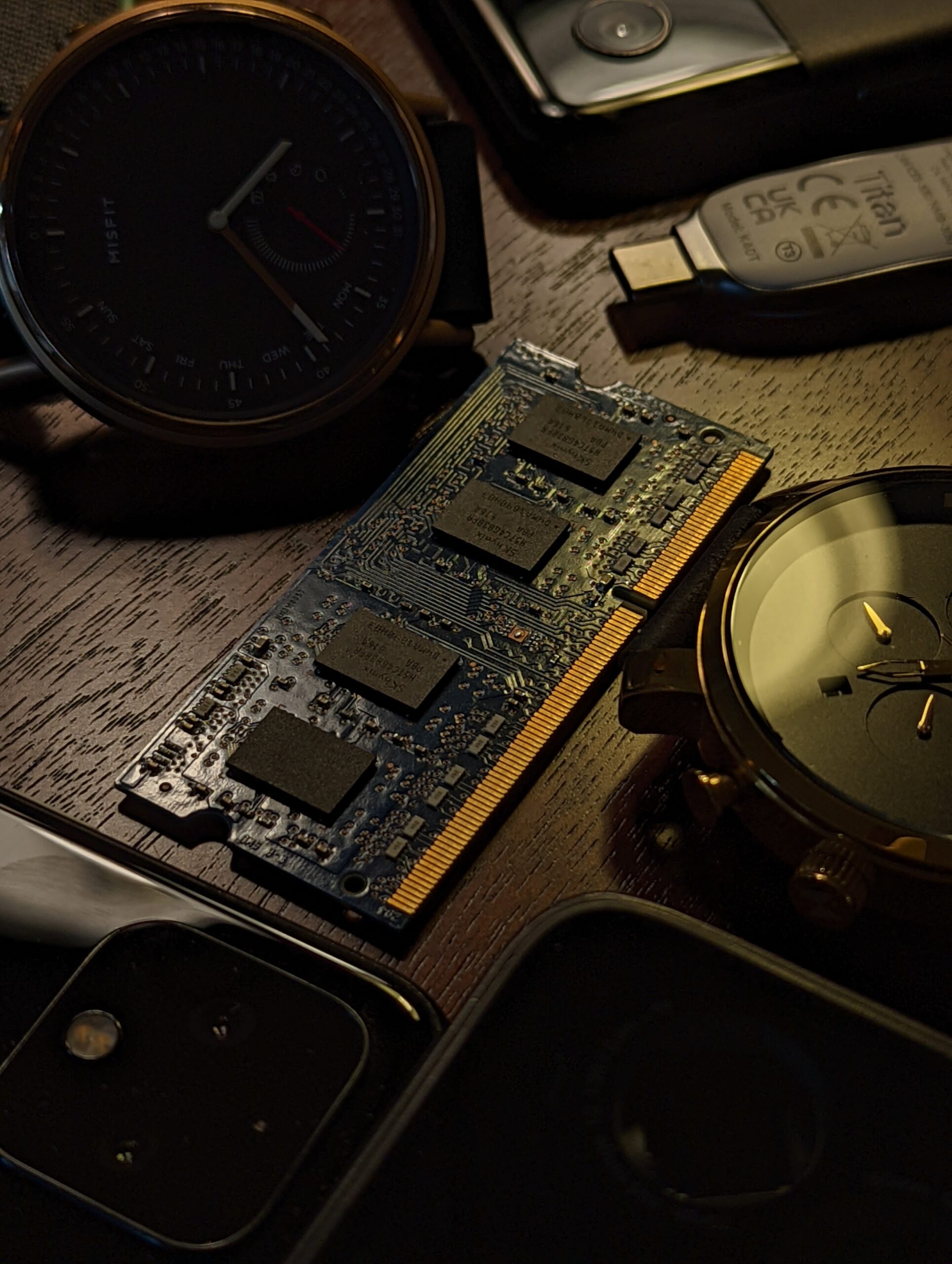Table of Contents
Raspberry Pi, the tiny yet powerful single-board computer, has transformed the landscape of DIY projects, educational initiatives, and innovative applications. Whether you’re a beginner or an experienced enthusiast, understanding the pre-installed software and the possibilities it offers is crucial to make the most of your Raspberry Pi. In this comprehensive guide, we’ll explore the software bundled with Raspberry Pi OS, dive into essential tools like Chromium and LibreOffice, and even touch on programming and multimedia capabilities.
Part 1: Introduction
Raspberry Pi’s rise to fame is attributed to its user-friendly approach, making it accessible to users of all skill levels. At its core, it’s a compact, affordable, and versatile computer designed initially for promoting computer science education. Over time, it has evolved into a multi-purpose tool used for various applications, from home automation to robotics and media centers.
One of the key aspects of this accessibility is the software pre-installed on a Raspberry Pi. The default choice for most users is the Raspberry Pi OS (formerly known as Raspbian). This OS comes pre-loaded with a selection of software designed to cater to a wide range of needs. In this series, we’ll explore this pre-installed software in-depth.
Part 2: Exploring the Raspberry Pi Desktop Environment
The Raspberry Pi Desktop environment, built upon the lightweight LXDE framework, serves as a user-friendly interface for your Raspberry Pi. It provides a graphical user interface (GUI) similar to traditional computers. Here, we’ll delve into its features, customization options, and tips for smooth navigation.
The Raspberry Pi Desktop includes essential components such as a start menu, taskbar, file manager, and various system tools. It’s designed to be accessible while offering room for customization, making it an ideal environment for both beginners and experienced users.
Part 3: Browsing the Web with Raspberry Pi – A Guide to Chromium
Chromium, the open-source web browser that underpins Google Chrome, is the default browser on Raspberry Pi OS. We’ll explore why Chromium is an excellent choice for the Raspberry Pi, given its performance, compatibility, and integration with the desktop environment.
Learn how to make the most of Chromium for web browsing on your Raspberry Pi, from opening and managing tabs to using extensions and customizing settings. We’ll also provide tips for a smooth browsing experience on this compact computer.
Part 4: Harnessing the Power of LibreOffice on Your Raspberry Pi
LibreOffice, a free and open-source office suite, comes bundled with Raspberry Pi OS. It includes Writer, Calc, Impress, and more, making it a versatile tool for productivity tasks. We’ll delve into each component’s capabilities and offer tips for creating documents, spreadsheets, and presentations.
Discover how to make the most of LibreOffice’s compatibility, templates, and customization options. Whether you’re a student, professional, or hobbyist, LibreOffice on your Raspberry Pi can help you accomplish various tasks efficiently.
Part 5: Getting Started with Programming on Raspberry Pi
Raspberry Pi is a fantastic platform for learning and practicing programming. Part 5 of our series will introduce you to the programming tools and resources pre-installed on your Raspberry Pi, including Python, Scratch, and Thonny.
Explore the world of coding and take your first steps toward becoming a proficient programmer. Whether you’re interested in scripting, web development, or robotics, Raspberry Pi provides a solid foundation for your coding journey.
Part 6: Raspberry Pi as a Multimedia Center – VLC and OMXPlayer
Raspberry Pi isn’t just about productivity and coding; it’s also a capable multimedia center. In this part, we’ll focus on multimedia capabilities, including VLC and OMXPlayer. These media players allow you to enjoy movies, music, and videos on your Raspberry Pi.
Learn how to set up your Raspberry Pi as a media center, stream content, and enjoy a rich multimedia experience on your compact computer.
Part 7: Mastering Raspberry Pi Configuration and System Tools
To make the most of your Raspberry Pi, you need to master system tools and configuration options. In this part, we’ll explore the Raspberry Pi Configuration tool, the terminal, and utilities like Synaptic Package Manager.
Discover how to configure your Raspberry Pi, manage software, and troubleshoot issues effectively. These skills are invaluable for maintaining a healthy and functional Raspberry Pi system.
Part 8: Raspberry Pi – An Educational Powerhouse
Raspberry Pi’s impact in education cannot be overstated. In our final part, we’ll explore the educational resources available on Raspberry Pi OS. From online learning platforms to offline educational content, your Raspberry Pi can serve as a powerful educational tool for students and teachers alike.
With the right resources and guidance, you can unlock the full educational potential of your Raspberry Pi.
In conclusion, your Raspberry Pi is a versatile and accessible computing platform. By understanding its pre-installed software and exploring additional capabilities, you can harness its full potential for education, productivity, coding, and multimedia. Whether you’re a beginner or an experienced user, Raspberry Pi has something to offer, making it an exciting journey of discovery in the world of computing.


Leave a Reply